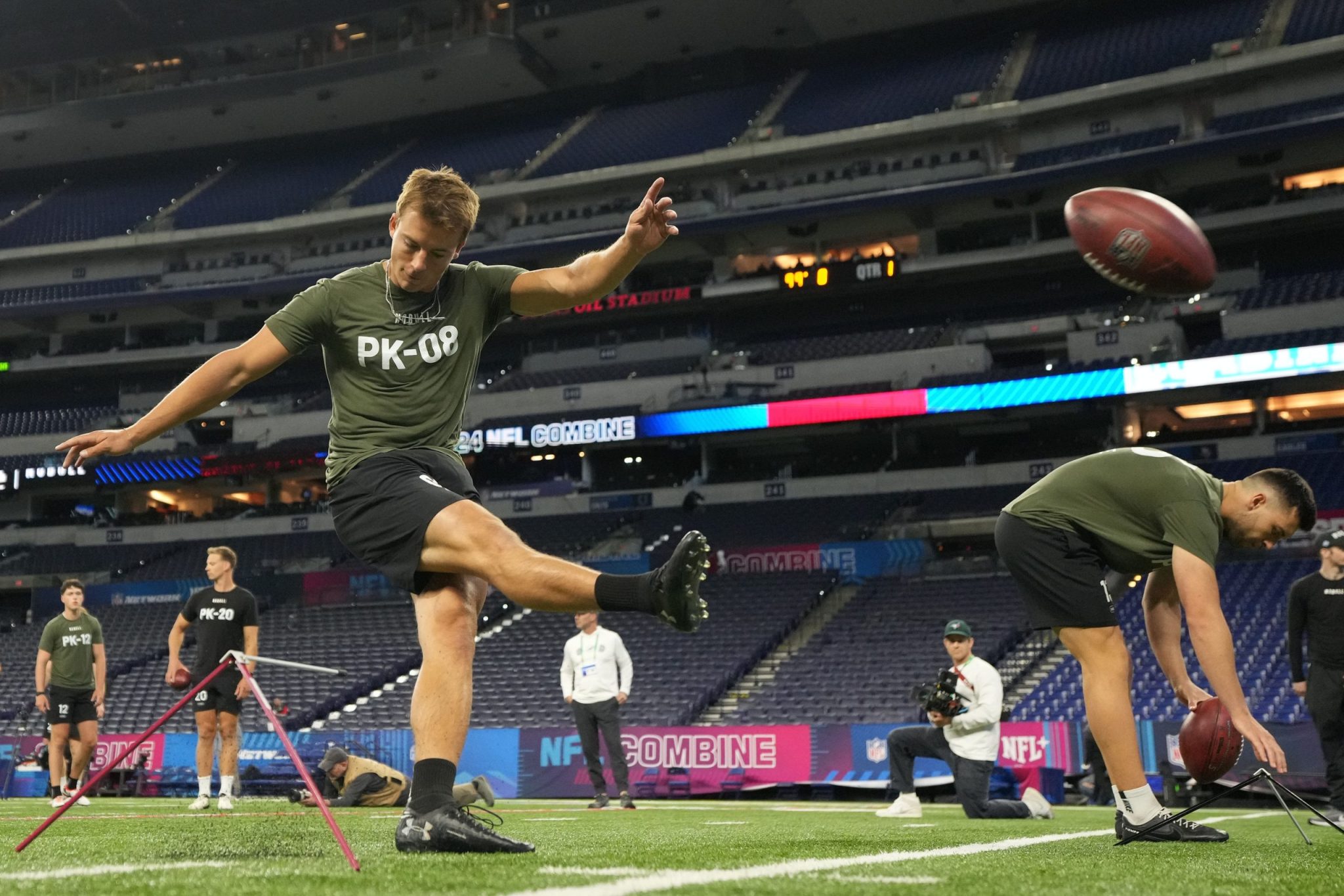Embracing Technological Evolution in Baseball: ABS Testing in MLB
In a realm where split-second decisions can make or break a game, Major League Baseball (MLB) is set to embark on a groundbreaking experiment that could revolutionize the sport as we know it. The Automated Ball-Strike Challenge System (ABS) is poised to make its mark on the baseball landscape, potentially altering the way we perceive precision and fairness in the game.
A Glimpse into the ABS Testing
As the MLB gears up for Spring Training, the ABS emerges as a pivotal player in the league’s quest for technological advancement. With plans to implement ABS testing in more than half of the games during this pre-season period, the New York Yankees stand at the forefront of this bold experiment. Commissioner Rob Manfred has hinted that a successful trial run this spring could pave the way for ABS integration as soon as the 2026 regular season.
Player and Coach Perspectives on ABS
The introduction of ABS raises intriguing questions about how Major League players and coaches perceive this technological evolution. Former Yankees hitting coach and seasoned Big League first baseman, Sean Casey, offered his enthusiastic endorsement of the ABS during a recent episode of his “Mayor’s Office” podcast. Casey’s firsthand experience with the system at an Independent League game in Montana left a lasting impression, with the technology seamlessly integrating into the game, adding a mere 17 seconds on average per play.
Expressing his admiration for the ABS, Casey emphasized the significance of its implementation in MLB Spring Training, signaling an imminent arrival in the Big Leagues. With extensive testing conducted since 2019 in the Atlantic League, there is growing confidence in the system’s efficacy and impact on the game.
Navigating the ABS Challenge Protocol
The current iteration of the ABS introduces an intriguing challenge protocol, granting each team two challenges per game. Notably, only pitchers, catchers, and hitters hold the authority to challenge a balls-and-strikes call, with challenges requiring immediate action after each pitch. The initiation of a challenge involves a distinctive gesture, as players tap their cap or helmet to alert the umpire, underscoring the interactive nature of the system.
Contrary to replacing traditional umpires, the ABS operates akin to the NFL’s challenge system, exerting influence on a select number of plays per game. While this advancement promises increased accuracy and objectivity, it also raises concerns among umpires regarding potential long-term implications on their roles within the sport.
Embracing Change in the Pursuit of Precision
Casey’s acknowledgment of the ABS’s inevitability in MLB reflects a broader industry trend towards integrating technology into the fabric of the game. As businesses invest years of research and development into such systems, the trajectory towards ABS adoption appears irreversible, albeit with a measured impact on gameplay through the challenge option.
The evolving landscape of baseball mirrors a larger societal shift towards embracing technological innovations, where the delicate balance between tradition and progress necessitates a nuanced approach. As the ABS stands poised to redefine the dynamics of the game, its integration symbolizes a pivotal moment in MLB’s quest for precision and fairness.
In conclusion, the ABS testing in MLB represents a bold step towards a future where technology and tradition converge to shape the very essence of baseball. As players, coaches, and fans navigate this new frontier, the ABS’s influence promises to extend beyond the confines of the field, resonating with broader themes of innovation and adaptation in the modern sporting world.









